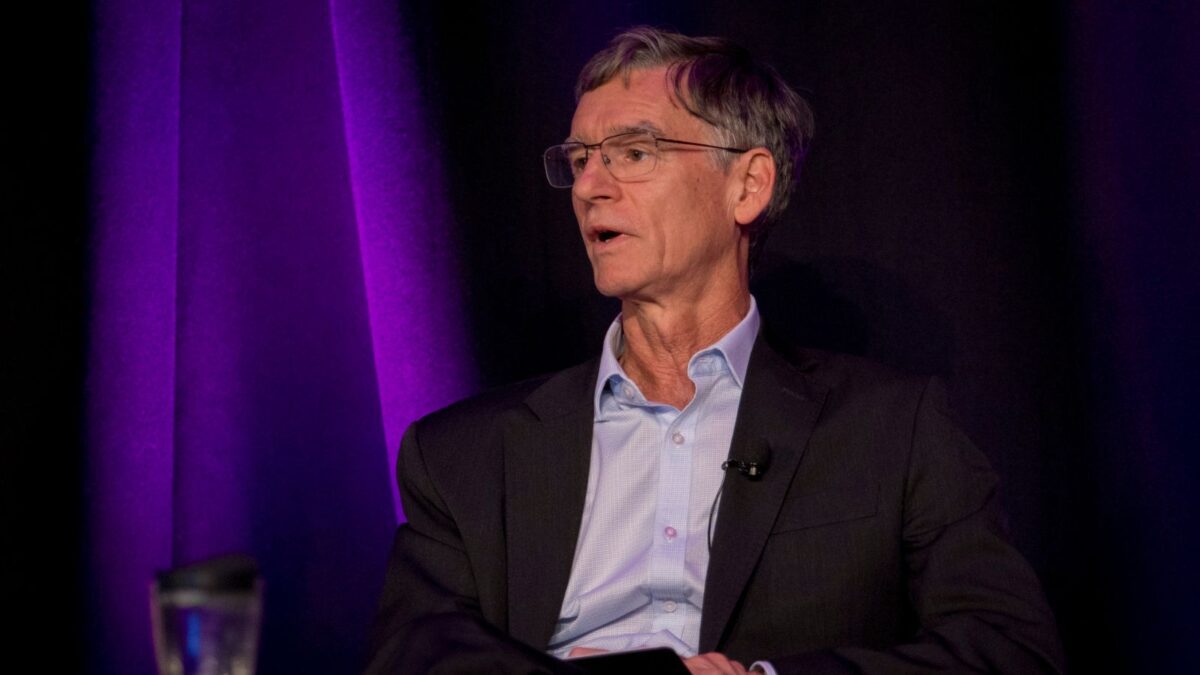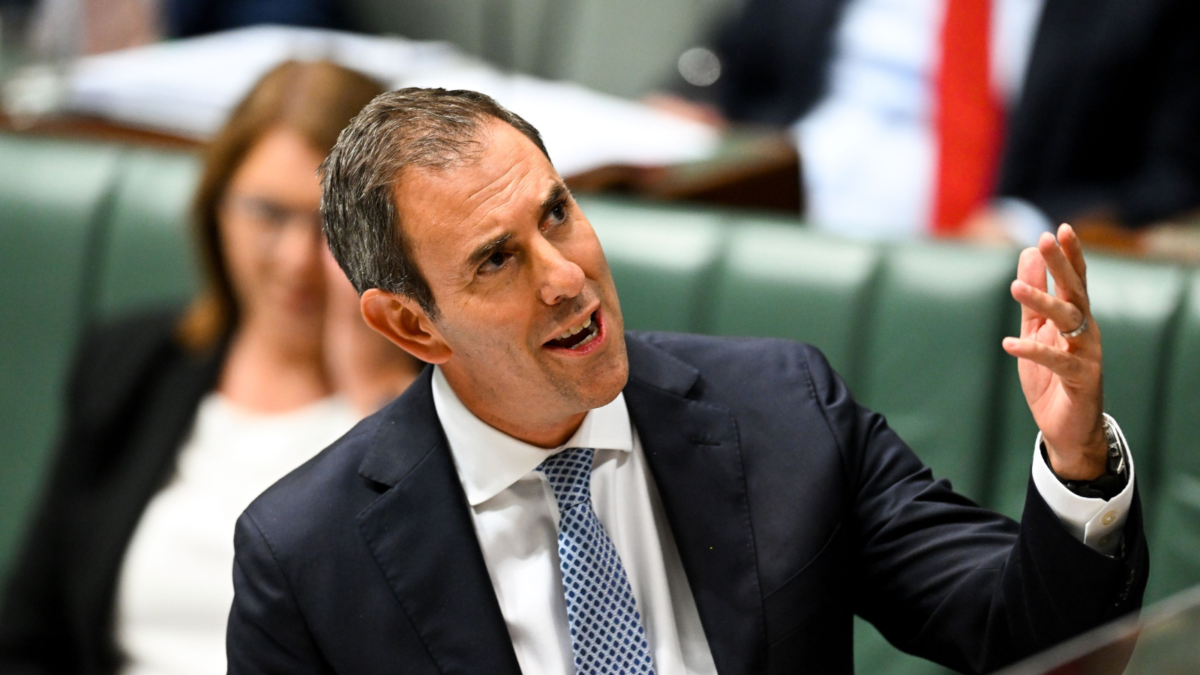Soft landing for the US getting hard to imagine: Ninety One
The sharp interest rate rises of the past year makes it more likely that the US economy will experience a bigger economic downturn than many market analysts predict.
That’s the considered opinion of Iain Cunningham, co-head of multi asset growth at active global investment manager Ninety One, who says there is an expectation among some market participants that the US economy will have a soft landing, partly facilitated by a Federal Reserve that they expect to ease monetary policy later this year.
But Cunningham is far more cautious. “The likelihood of the Fed softening monetary policy must be tempered by the fact that inflation could prove stickier than expected due to ongoing tightness in the labor market,” he tells Investor Strategy News.
“There is also a historical factor at play. In the past, the likelihood of whether the US economy experiences a hard or soft landing has tended to be associated with how aggressively interest rates have been lifted before the economic downturn.
“In this instance, rates have risen exceptionally fast, from 0-0.25 per cent to more than five per cent in a little over a year – one of the most dramatic increases in decades. When we look at this data, we would say the probability of a soft landing is low, because soft landings are typically associated with long, shallow hiking cycles. And this cycle has been anything but.
“It’s also come off one of the longest periods of excessively easy monetary policy we’ve seen in history. And, usually, when you get periods of easy monetary policy, you tend to get misallocations of capital, meaning people take on too much risk, whether it be leverage or duration, all of which reinforces our belief that it could be a hard landing.”
If Cunningham remains wary about the US economy, he is more sanguine about China. The Asian titan’s economic challenges cannot be denied, he says, whether it be excessive debt levels (corporate and government sectors) the huge imbalance in the property market, and its demographics (the population is shrinking and ageing at a faster rate than almost any other country).
“What’s got to be remembered is that China is predominantly a command economy, so it largely goes where Beijing tells it to go, although there’s typically a bit of a lag. With credit, policymakers can say lend more or lend less, as well as where to lend it, and, obviously that give them more levers to pull from a policy perspective.”
China’s property crisis has dominated much of the commentary about the world’s second largest economy for the past two years. For Cunningham, it’s officially recognised as a long-term structural issue to be addressed over multiple economic cycles instead of all at once.
“In 2021, China saw there was a window of opportunity to address structural imbalances in the property market, so they clamped down on real estate developers, embarking on a regulatory reset to address monopolistic behaviour and moderate the disorderly expansion of capital.
“When this happens, and credit is tightened, you tend to get an economic downturn. So now the opposite is starting to happen with more credit available to try and get things moving. At the same time, the regulatory focus has gone quieter because they want to boost confidence.
“It’s not 2009 all over again (in direct response to the GFC, China pumped $US590 billion into the economy and the economy grew 8.7 per cent in 2009 and 10.4 per cent in 2010), but they do want an economic uplift.
“For investors, valuations got exceptionally cheap in the second half of 2022 at a time when this new economic cycle was potentially beginning to emerge. So, over the next 18 months to three years, there could be a more attractive investment opportunity there. We’re not banging the drum for a major bull market in China, but there is an opportunity over this timeframe.”










